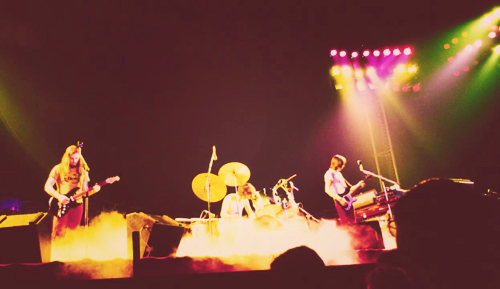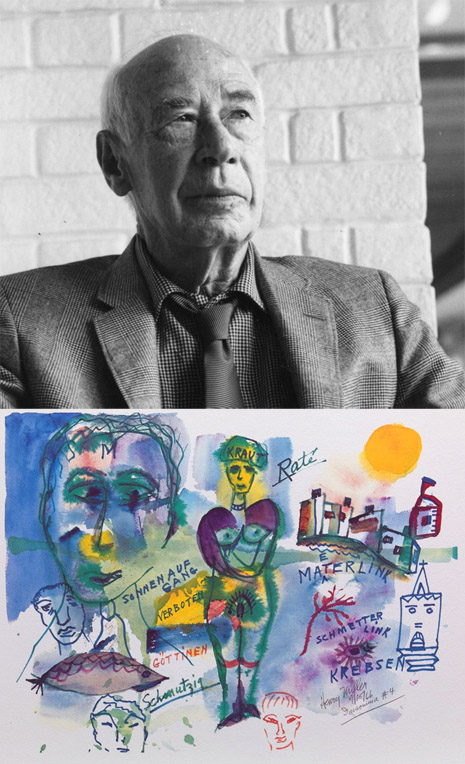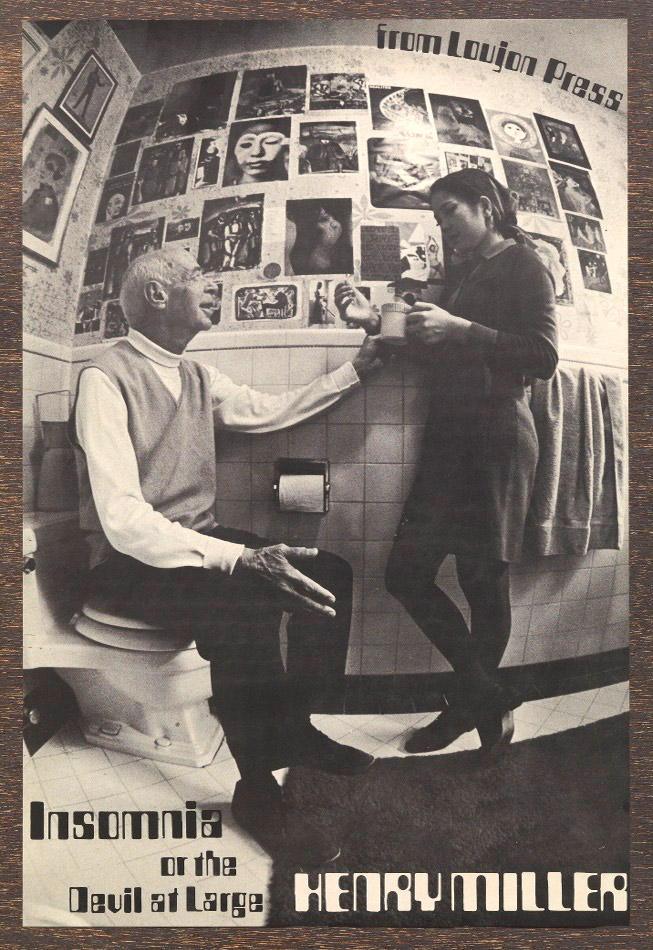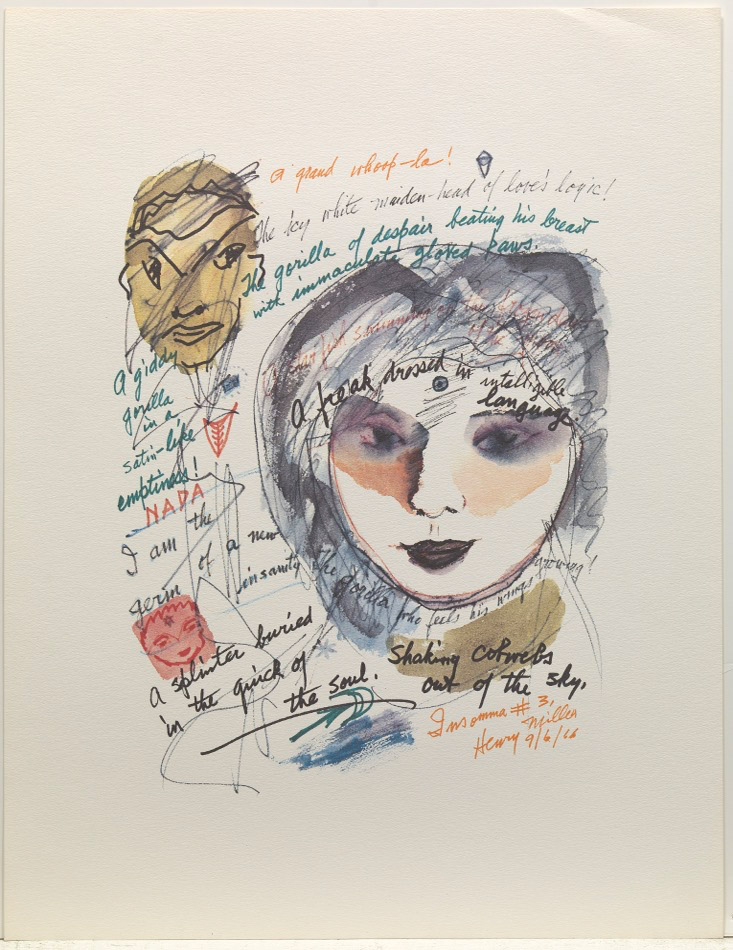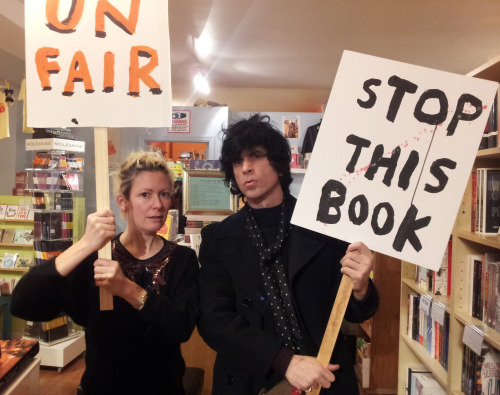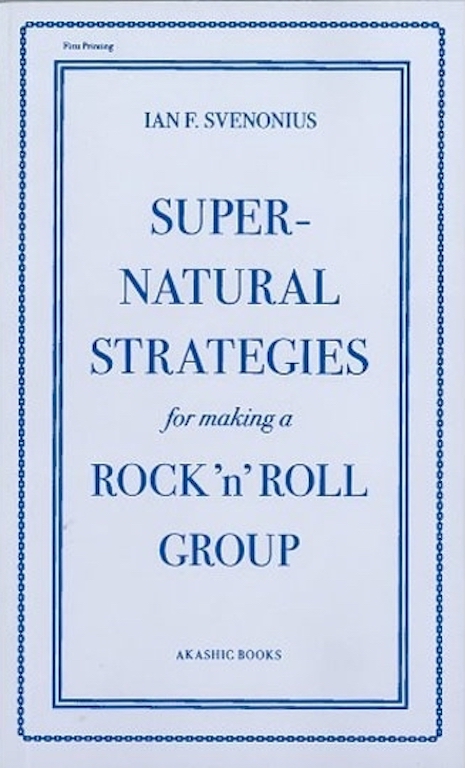
I reckon my pal Cris Shapan is a bonafide comedy genius. If he weren’t so dagblasted funny, then I honestly doubt I would laugh so much at his gags. But laugh I do, my painfully cramped stomach testament to the obtuse brilliance of his singular comedic vision. But he’s a funnyman with a difference, as you’ll see. He’s an entire comedy genre of one.
Cris Shapan’s comedy is all about the little details. He might have the most exactingly detailed comic mind on the planet. His work is complex, multi-layered and maniacal. It also brutally takes advantage—in the nicest way possible, mind you—of how gullible people can be on the Internet. You see, prior to when he started working on various cult television programs—you’ve seen his stuff on Tom Goes to the Mayor, Tim and Eric Awesome Show, Great Job!, Kroll Show and Baskets—Cris was a corporate art director working for evil entities like American Express. Taking what he learned employed on the darkside, his idiosyncratic output—clearly inspired by a misspent youth obsessively reading National Lampoon—creates counterfeit realities that are bust-a-gut funny, but often sail right over the heads of the very people sharing them on Facebook (who quite often unwittingly announce this fact as they post them. Which then makes his gags TWICE as funny, of course).
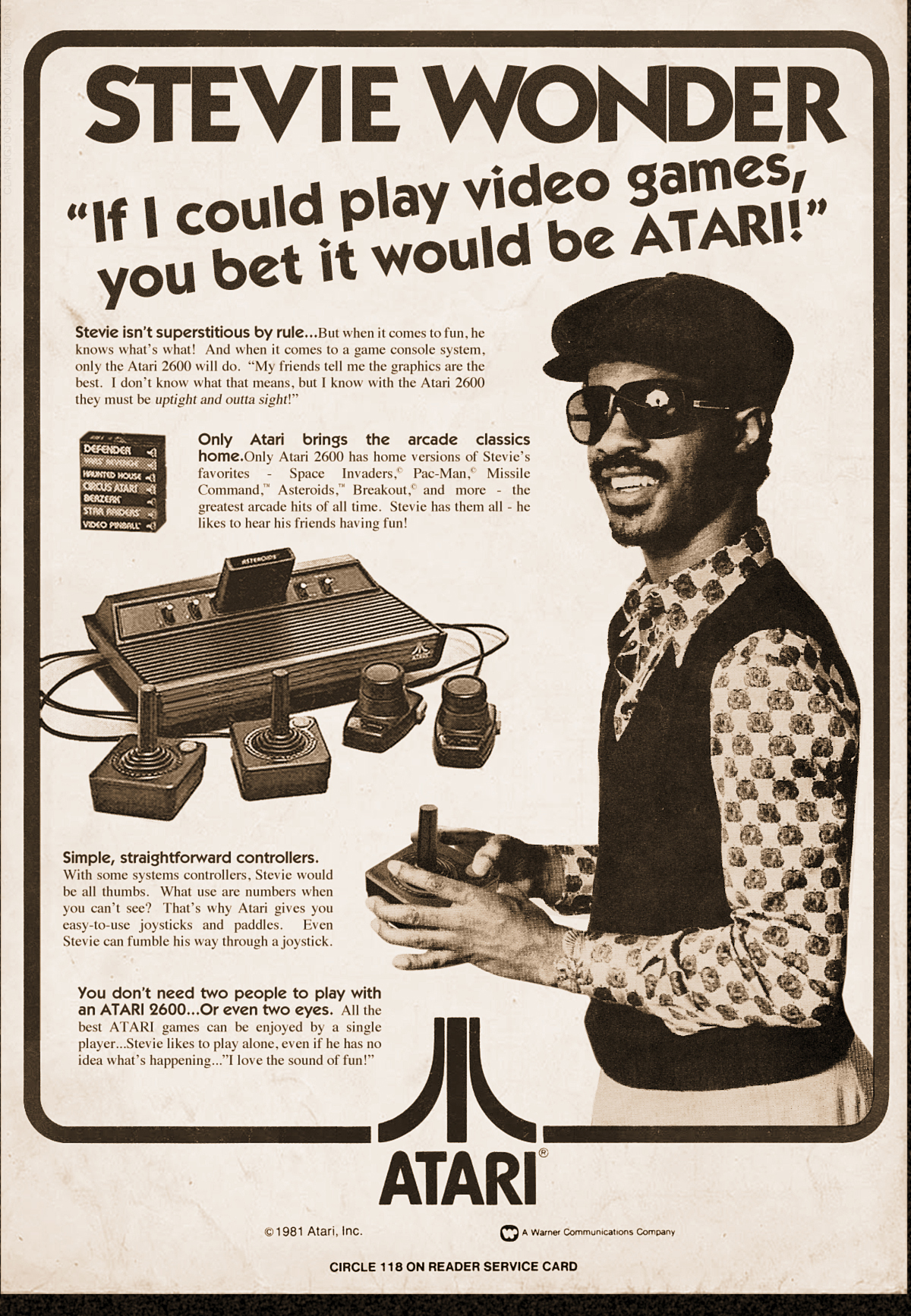
Nope, the members of Spooky Tooth never did a print ad for Birds Eye frozen vegetables, but try telling that to their Wikipedia page! And poor Brian Eno having to deny that he did an advertisement for Purina in the mid-70s with his blasé cat Eric. Stevie Wonder never did an Atari ad, either, sorry to break it to ya pal. It never happened.
And that guy on Facebook posting one of Cris’s album cover parodies and announcing that “My dad had this record when I was a kid!” (and all of the Facebook “Me, too-ers” as well)? He’s either a bold-faced liar… or else he truly does “remember” his father owning a record that has never existed. And maybe he ate some Potato Fudge while he listened to it… Why assume the worst in people, right?
For this special April Fool’s Day post, I asked some questions over email of the man, the myth Cris Shapan
Richard Metzger: I know who you are, but for the sake of all the young, impressionable minds out there reading this, how would you describe yourself?
Cris Shapan: I’m a hack. I started decades ago in movie advertising, did a bunch of years in corporate art departments, and then 13 years ago I answered an ad on Craigslist and wound up working on Tom Goes to the Mayor at Tim and Eric. Since then I’ve been bouncing around on the fringe of edgy comedy, on shows like Awesome Show and Kroll Show and Baskets, doing silly art & deliberately awful effects. It’s a high-pressure gig for an artist, but it can also be a whole lot of fun.
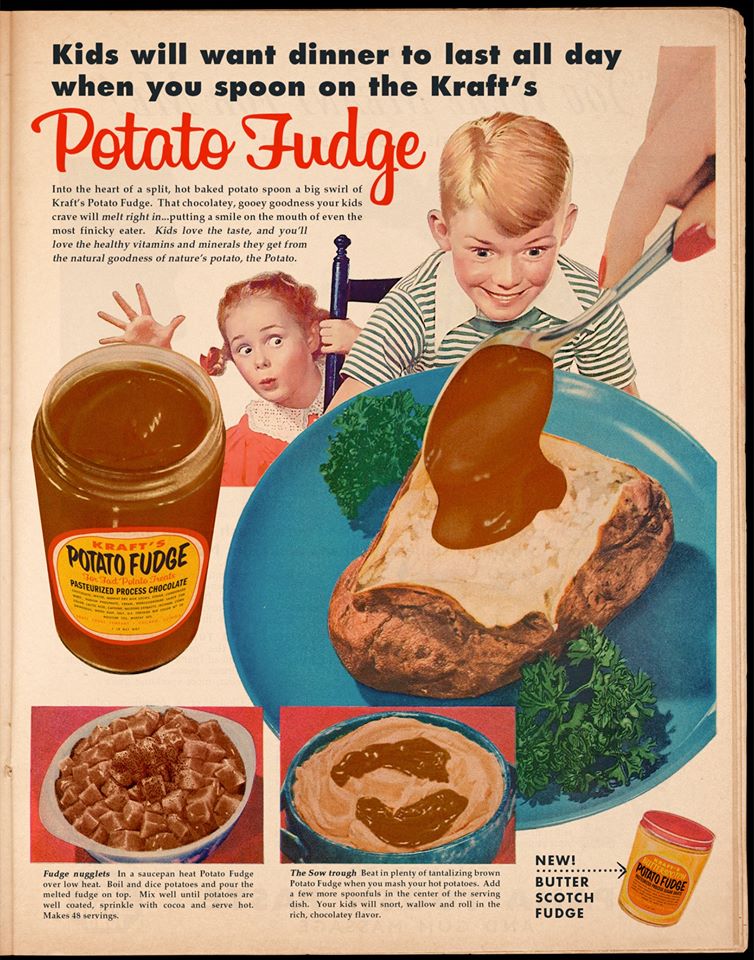
With your Photoshop skills you can “edit” the past—in a very Orwellian sense—and it’s frightening to see how fucking gullible people can be. I recall we posted one of your Alan Hale parody album covers and idiots on Facebook were commenting “I used to have this record!” “Me too!” and “I still have mine!” Ummm… no you don’t.
Cris Shapan: Yeah, it’s scary to see something I did purely to entertain friends become someone else’s reality. Some claim to remember or even own something that never existed. Others will repost a parody ad as real, especially if it reinforces some agenda they’re touting (sexism in advertising, the past was a horrible place, frankenfood, etc.). People read the fake ad copy and leap to the wildest interpretations, often expressing outrage at something that never actually happened. It’s just bizarre. Some people are so convinced these parody pieces are genuine that they’ve gone in and modified Wikipedia pages to reflect their existence, which of course compounds the stupidity.
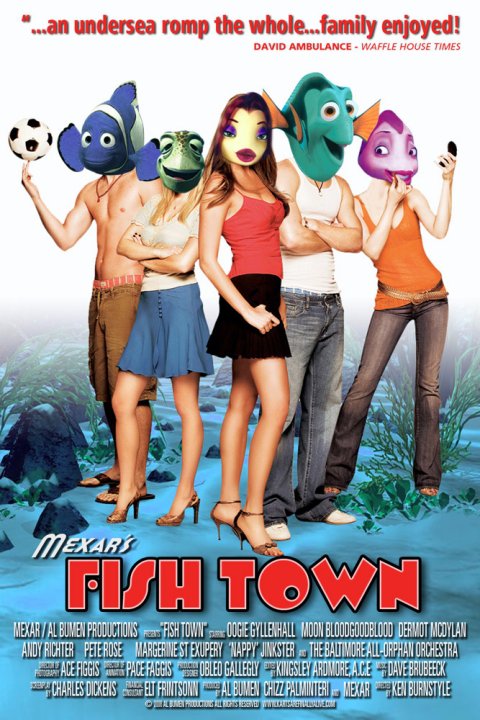
At what point did Snopes.com find it necessary to “debunk” some of your gags?
Both Dangerous Minds and The American Bystander (the only humor magazine in existence, I think) had run my ad for a product called “Johnson’s Winking Glue.” The premise alone should have established this as a parody; it was for a product that ostensibly glued your eye shut so you could wink properly. A few months later, some dickhead blogger reposted the ad as factual without citing the source, and it went viral on its own to the point where Snopes got involved.
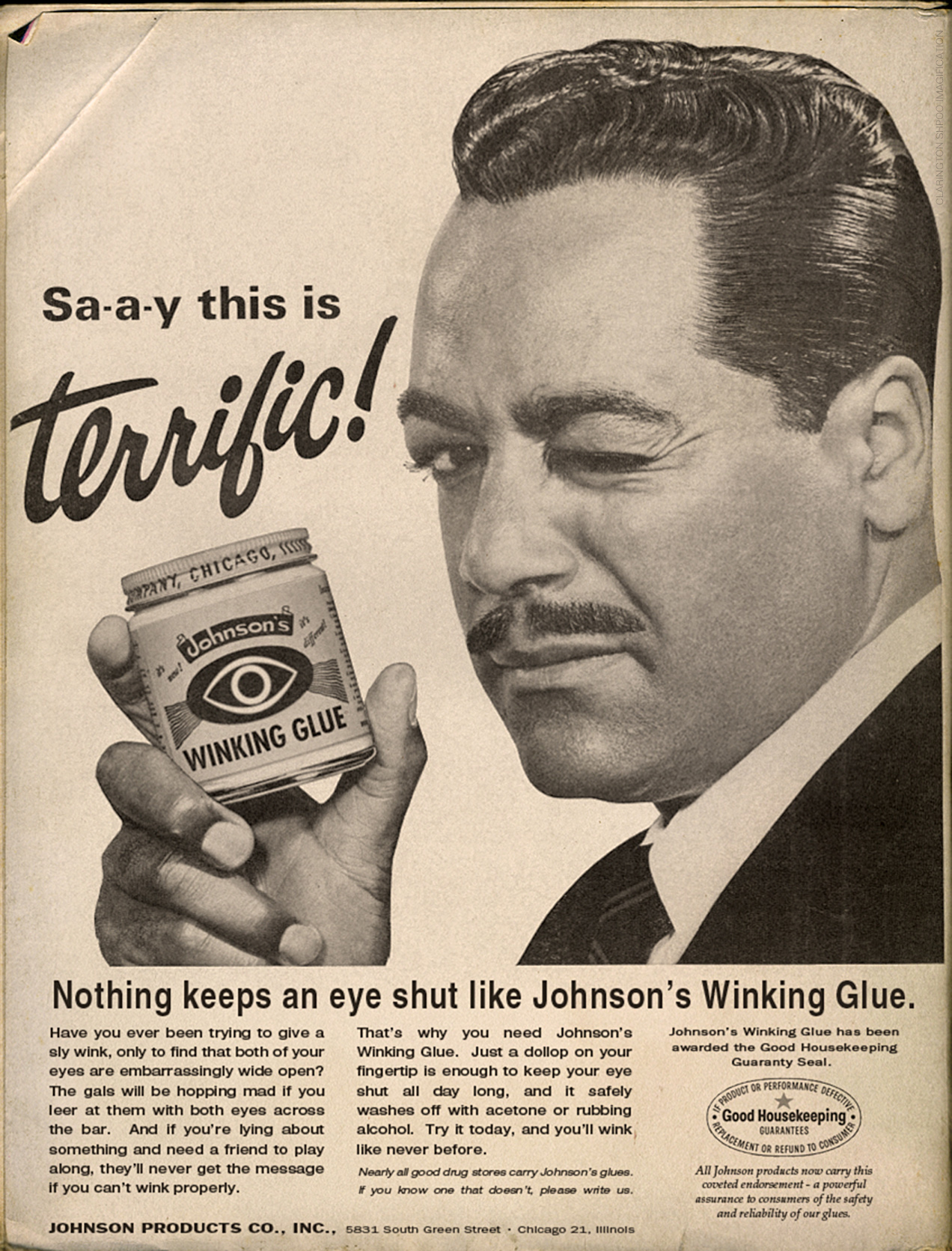
Did they get it right? They’ve got a real reputation for accuracy.
Cris Shapan: Yes, thank goodness for the fine folks at Snopes - I mean that, they’re like the Sheriff of Internet Misinformation. Not only did they track me down, but the author tracked the ad back to a photo gallery on my Facebook page. Of course, I’ve never tried to pretend these are real or hide my tracks, so they didn’t have to Sherlock themselves too hard. I’m glad they understood these were parodies…It pisses me off so much when people debunk my humor as a ‘hoax’ - it’s like debunking MAD magazine or Waiting for Guffman.
More after the jump…







